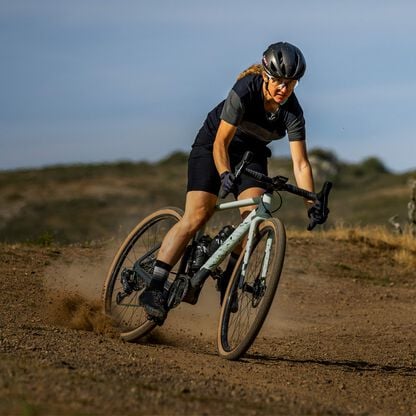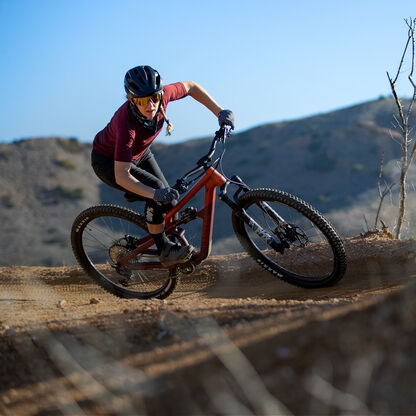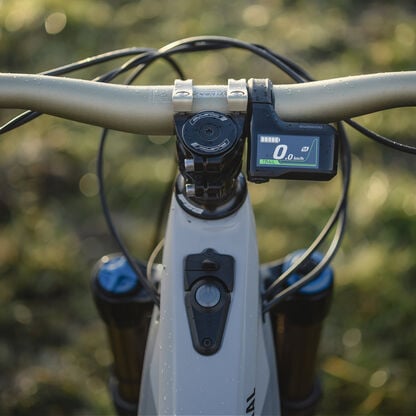How to find the right gear ratio for your bike
Learn about the pros and cons of different drivetrain setups to ensure you have the right gearing on your bike.


Having the right gear ratio on your bike can mean the difference between fight or flight when you're out on your bike. Select too hard a year and you’ll be battling the pedals against the gradients. A wide range of options means you’ll easily find your sweet spot. We're here to simplify it to ensure you have the best bike ride every time you leave the house.
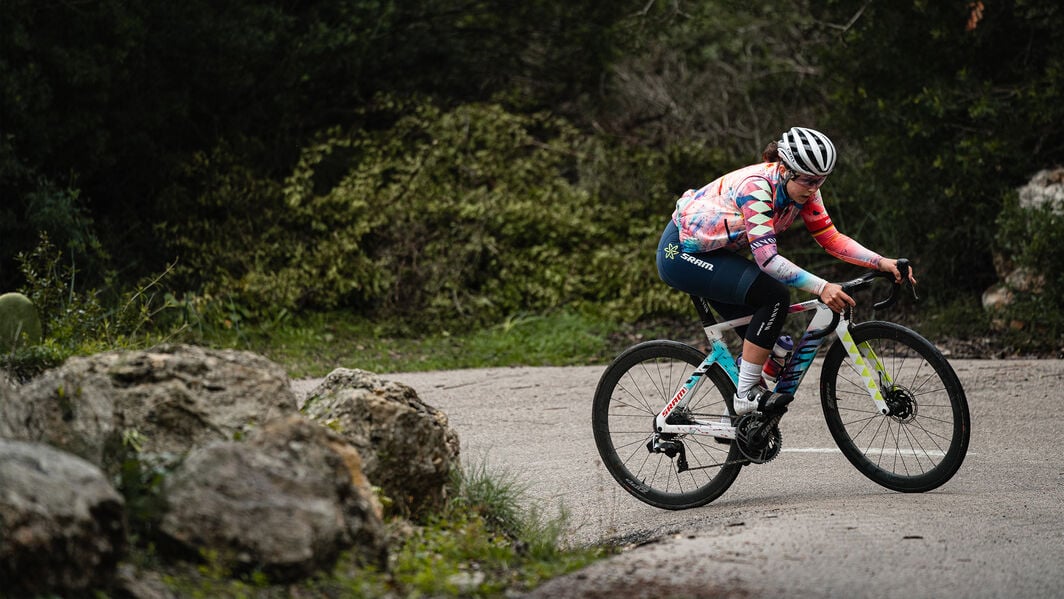
The basics of road bike gearing
In order to understand what gear ratios are, it's important you first take the time to familiarise yourself with the components that make up a groupset.
A bike's drivetrain is made up of the following parts:
- Chainrings
- Cranks
- Pedals
- Bike chain
- Cassette
- Front and rear derailleurs
Modern road bikes tend to have two chainrings (one big chainring and one small chainring) attached to cranks and secured through the bottom bracket of your bike frame. The pedals screw in to the cranks to enable you to move the bike forwards. You can switch between the two chainrings using the front derailleur which is controlled with the shifter on your handlebars.
A cassette is a cluster of sprockets attached to the hub of the rear wheel. Most rear cassettes have 11 or 12 cogs (usually referred to as 11 or 12 speed respectively). You move up and down the cassette using the shifter that controls the rear derailleur.
On the same terrain, an easier gear means higher cadence (the speed you pedal) whereas a harder gear means lower cadence. In other words, it takes less power to push an easier gear than it does a hard gear.
Every rider has a preference so let's take a closer look at gear ratios.
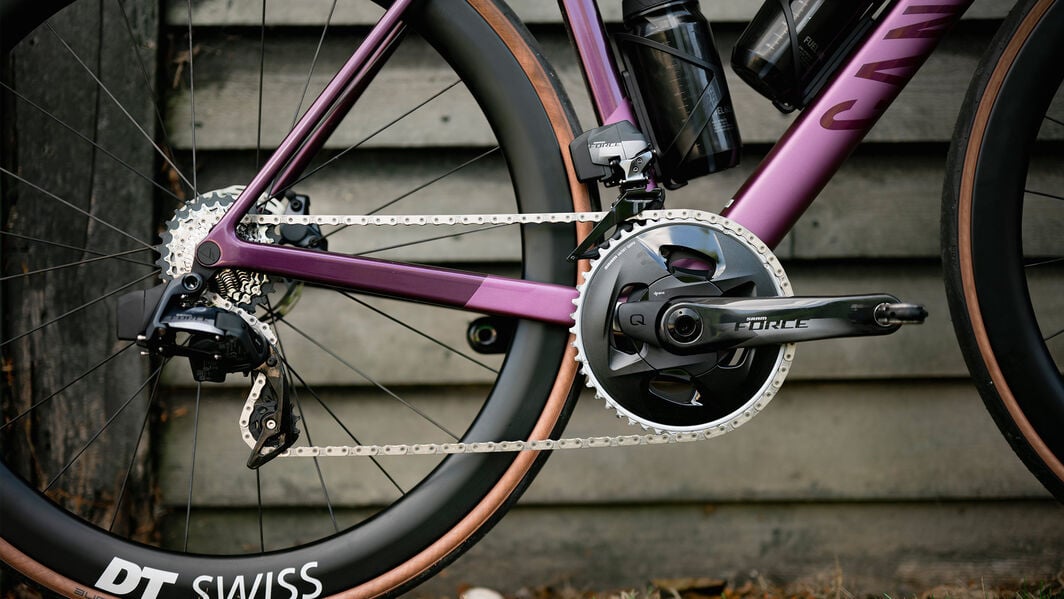
What is a gear ratio?
A gear ratio is how many times the rear wheel turns in one rotation of the cranks. The chainrings and cassette are connected with a bike chain.
The combination of chainring and sprocket gives its ratio using this formula: Number of teeth on the chainring divided by number of teeth on the rear cog
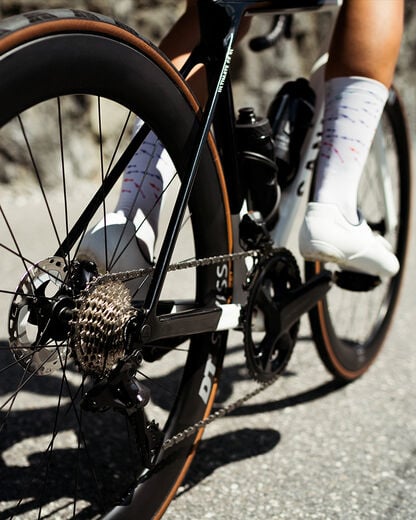
Let's say your chain is sitting on the big chainring (52 teeth) and a 16 tooth cog in the cassette. This gives a gear ratio of 3.25. In other words, 3.25 revolutions of the rear wheel for one turn of the cranks.
This raises the question: how do you know which gear ratio is best for you?
Gear ratios for road bikes
Back in the day, road bikes used to come with three chainrings (referred to as a "triple" crankset). Thanks to long cage derailleurs, triples are more or less obsolete. Most road bikes now come with two chainrings. Very occasionally you'll find a road bike with just one chainring (known as 1by).
Double chainrings come in three typical setups:
- Standard: 53 tooth big chainring / 39 tooth small chainring
- Semi compact: 52/36
- Compact: 50/34
Standard setups are very common in the pro peloton due to riders' abilities to push harder gears. Semi compact and compact gears are more common for everyday riders.
Cassettes add to the range of gears available on your bike. Depending on the brand and specific groupset, the smallest cog usually has 11 teeth while the biggest cog can be anything between 25 and 32 teeth. An 11-32 cassette has the biggest range of gears with bigger jumps between each sprocket. An 11-25 will have more subtle jumps between the sprockets resulting in a smaller range of gears.
The right gearing will depend on the terrain, your fitness and your groupset. The main aim is to have gears that cover as many eventualities as possible and enable you to have a nice time while riding.
Love them or hate them, hills are part of our beautiful planet. Climbing requires easier gears. How easy these gears are depends on the severity of the climb (gradient and length) and how good you are at climbing.
Love them or hate them, hills are part of our beautiful planet. Climbing requires easier gears. How easy these gears are depends on the severity of the climb (gradient and length) and how good you are at climbing.
Flat riding lends itself to speed. With no hills in the way, you can put the hammer down. Standard and semi compact cranksets are often the best option for whizzing around on flat terrain. If you ride in varied terrain or want the option of doing so, semi-compact is the way to go.
Flat riding lends itself to speed. With no hills in the way, you can put the hammer down. Standard and semi compact cranksets are often the best option for whizzing around on flat terrain. If you ride in varied terrain or want the option of doing so, semi-compact is the way to go.
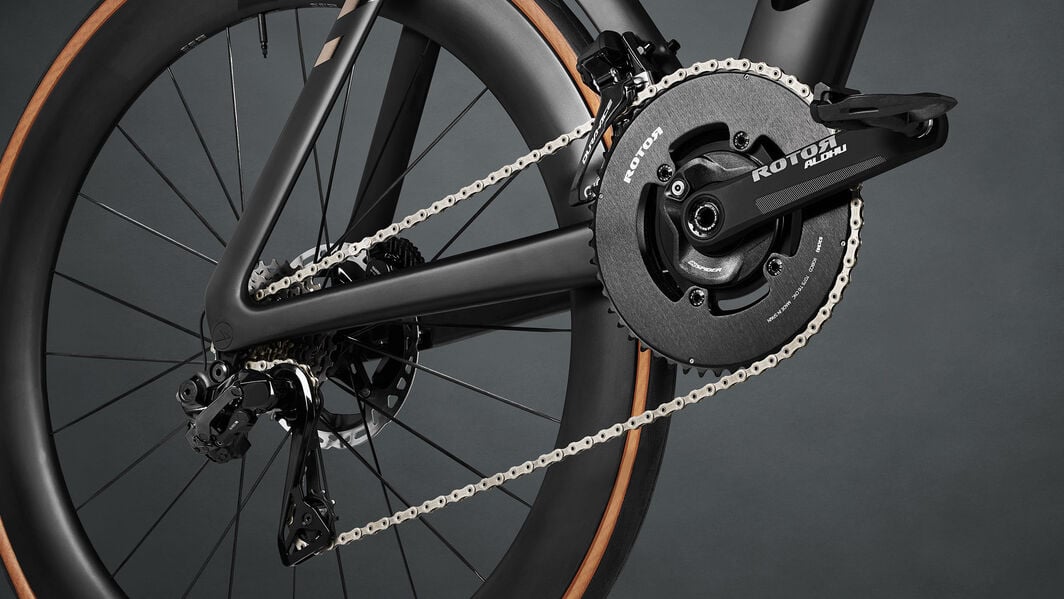
Mountain bike gears
It's rare to see a mountain bike with more than one chainring these days. This is made possible thanks to narrow/wide chainrings and clutch derailleurs that reduce the chance of losing your chain. A one-by setup is lightweight (goodbye derailleur and gear shifter!) and less likely to fail when you're on the trail. Wide range cassettes mean one-by drivetrains are capable of an almost identical gear range as the old-fashioned two-by and triple cranksets.
Mountain biking is a slower style of riding than road cycling. When climbing off-road, you have to negotiate rough terrain and steep gradients all while trying to stay upright. For this reason, choosing the right gear can make or break a mountain bike ride.
The fastest speeds are on the downhill sections and often involve more gravity, bravery and skill than pedalling.
Cassettes commonly have 11 or 12 cogs (speeds). The more accessible groupsets sometimes come with 11 speed cassettes while the more advanced groupsets are more often than not 12 speed. Some cross-country pro riders are running 13 speed cassettes, so it's likely that we'll see them become more commercially available before long.
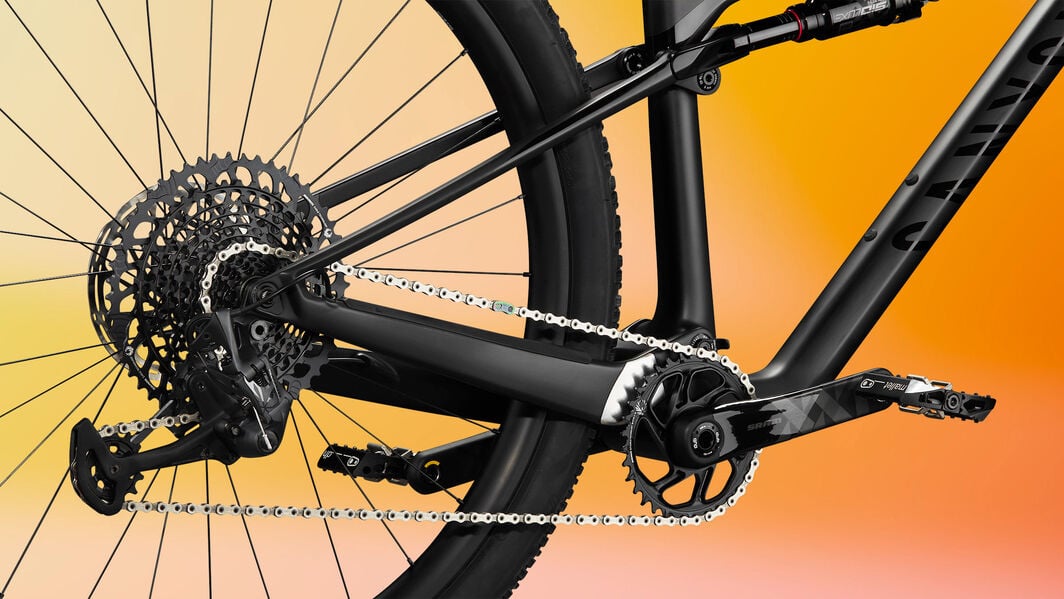
Gravel bike gears
The rise of gravel bikes and their jack-of-all-trades nature presents a lot of question marks where gearing is concerned. Do you need more road-focused gears or more mountain-bike focused gears? Well, it all depends on the terrain you ride.
If your gravel trails are more like dusty roads, you might find you're fine with a compact road bike groupset. If your trails are more like muddy, rocky, just-about-rideable technical challenges where your chain is at risk of bouncing off the teeth of your drivetrain, then you might want to look at mountain bike groupsets.
Luckily, the groupset manufacturers (Shimano, SRAM and Campagnolo) have thought long and hard about this conundrum. They've invented gravel specific groupsets:
- Shimano GRX
- SRAM eTap AXS XPLR
- Campagnolo EKAR
Cassettes commonly have 11 or 12 cogs (speeds). The more accessible groupsets sometimes come with 11 speed cassettes while the more advanced groupsets are more often than not 12 speed. Some cross-country pro riders are running 13 speed cassettes, so it's likely that we'll see them become more commercially available before long.
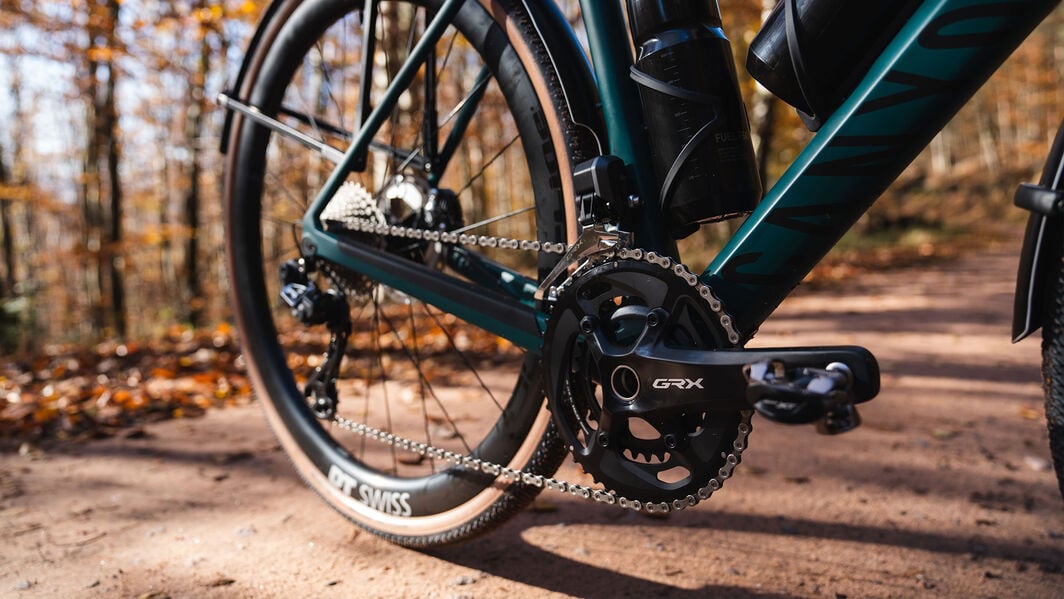
Gear up and get rolling
Now you're all clued up on gear ratios, it's time to get out and ride. Remember, there's no shame in having an easier gear for when the gradients tick over into double figures. The very fact you're out there cycling is more than enough regardless of your combination or number of gears. If you're having fun, that's all that matters!
Did this article help?
Thank you for your feedback

